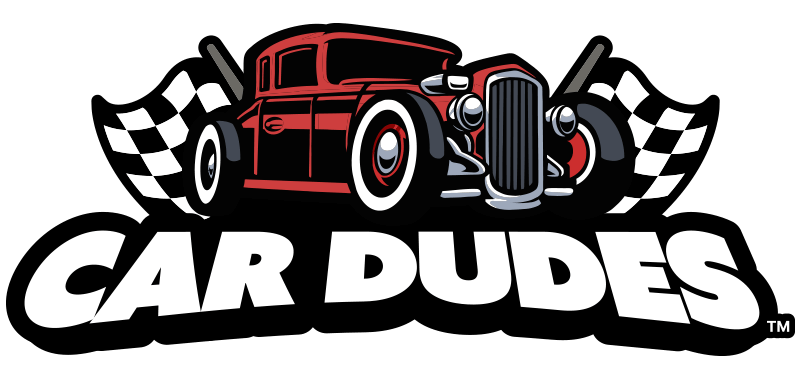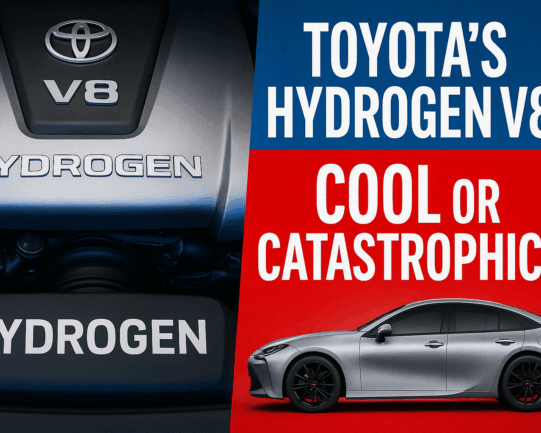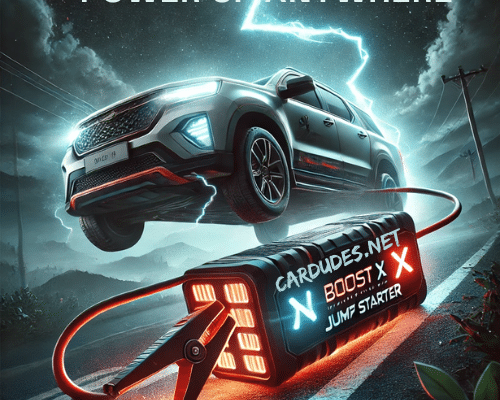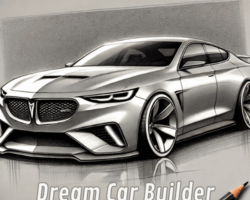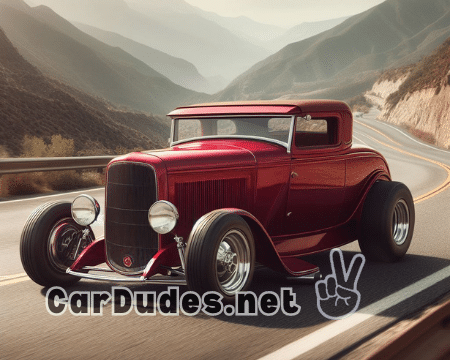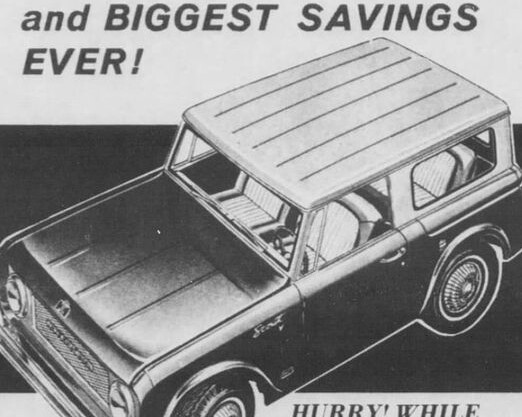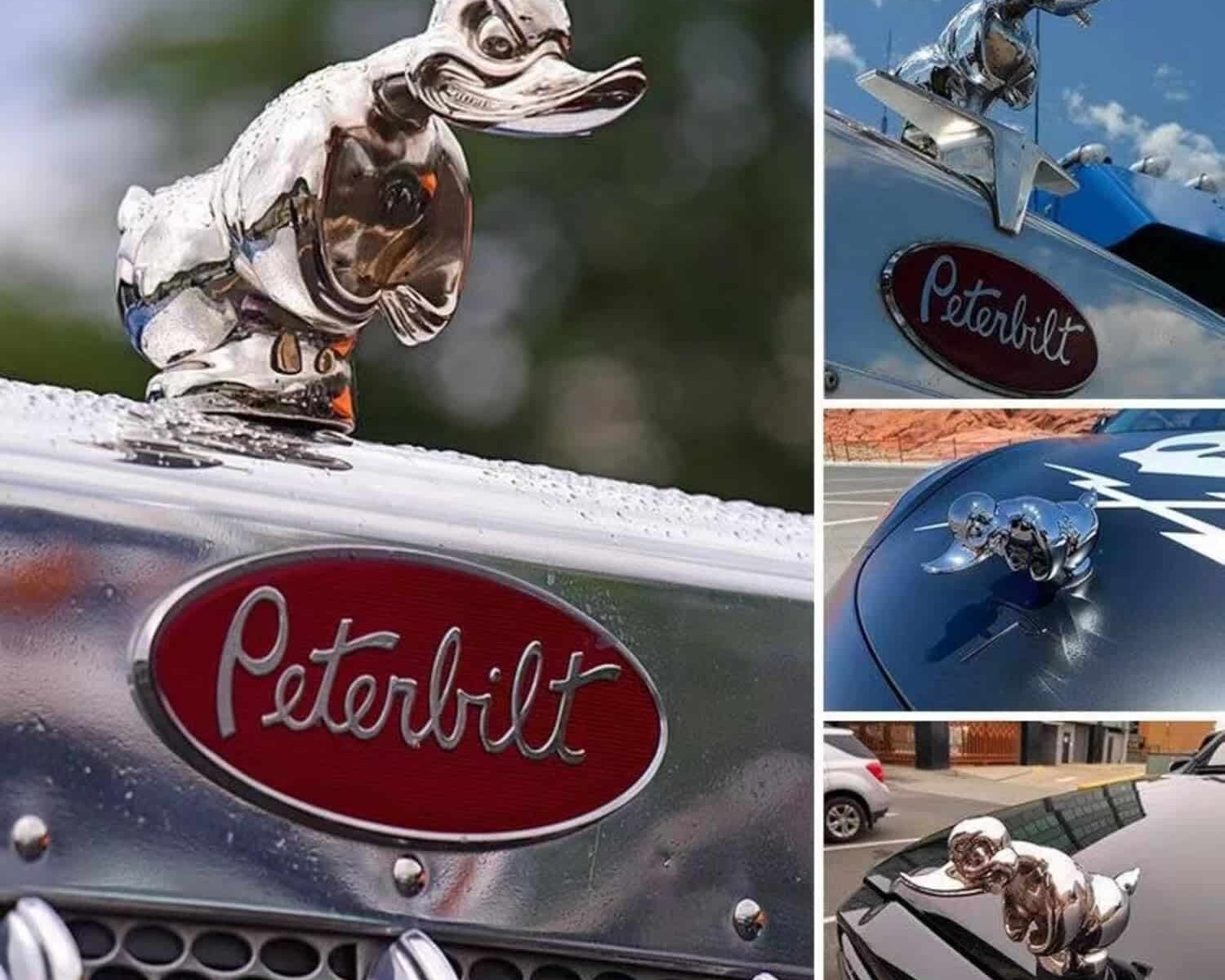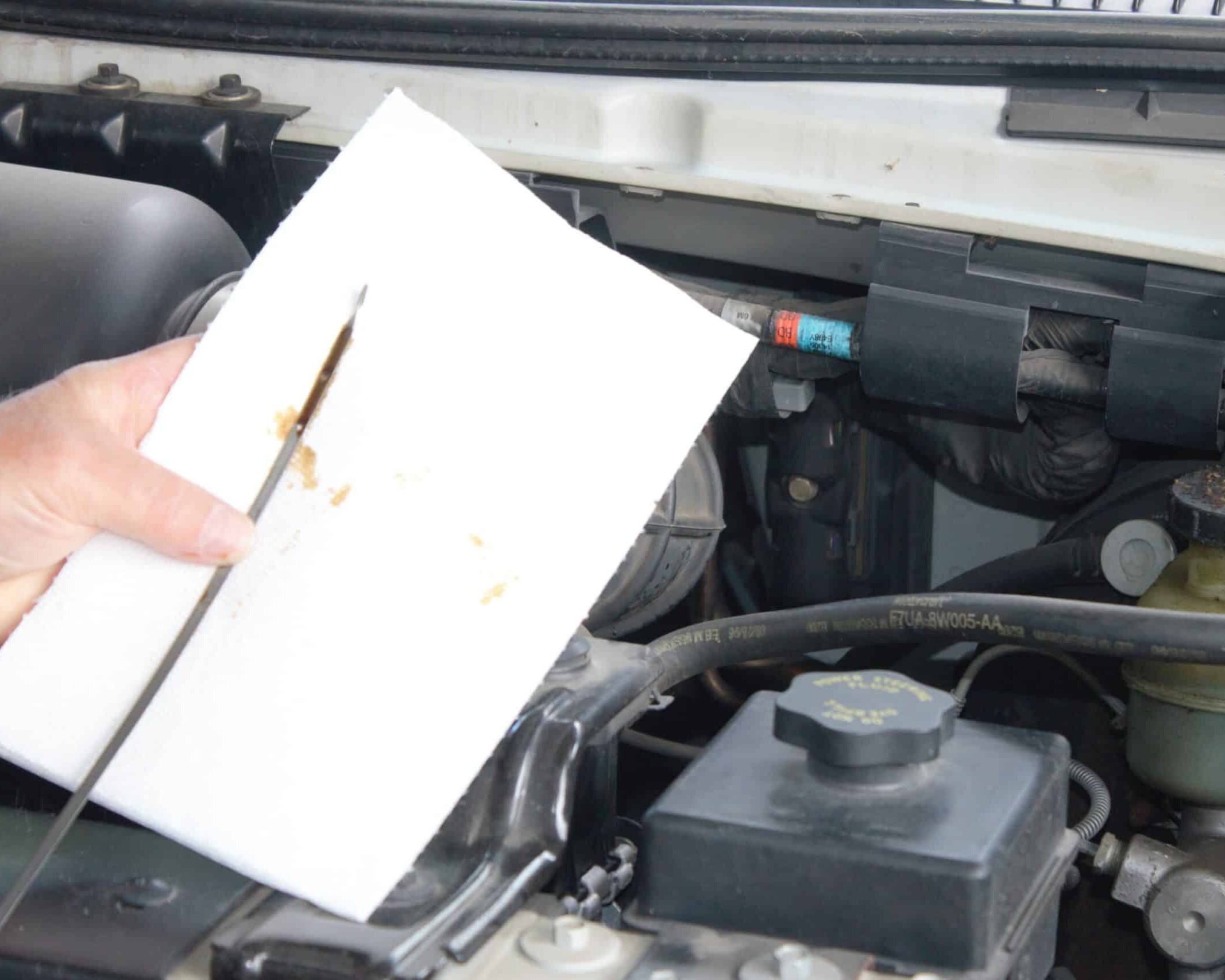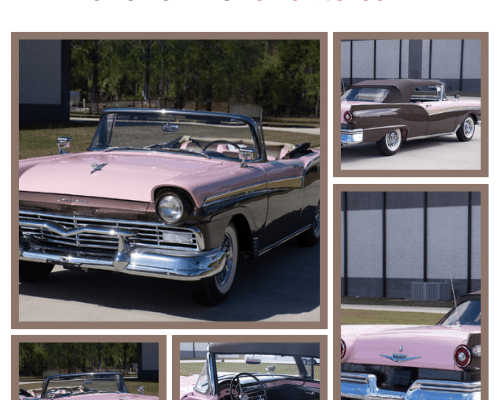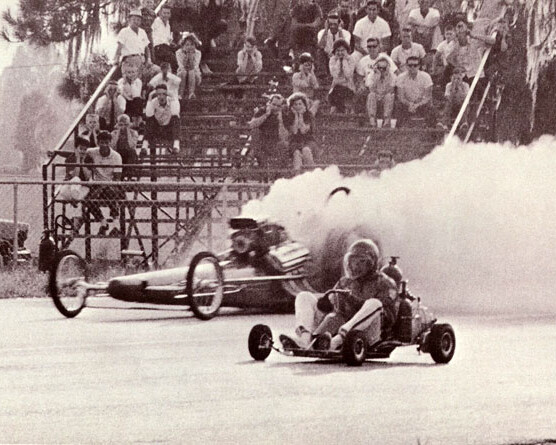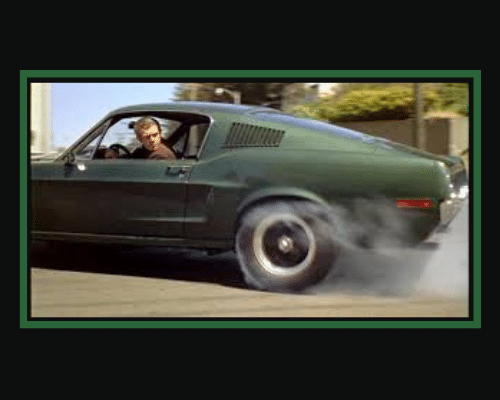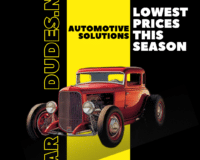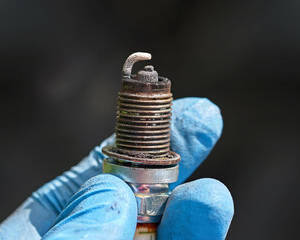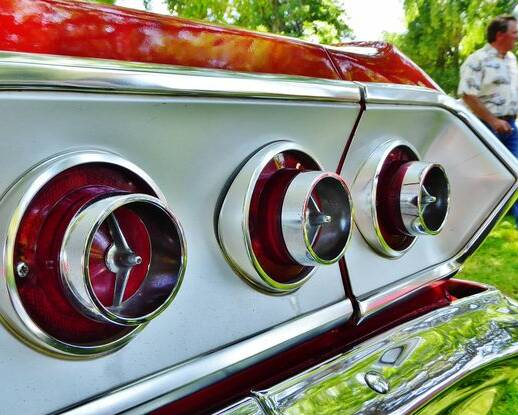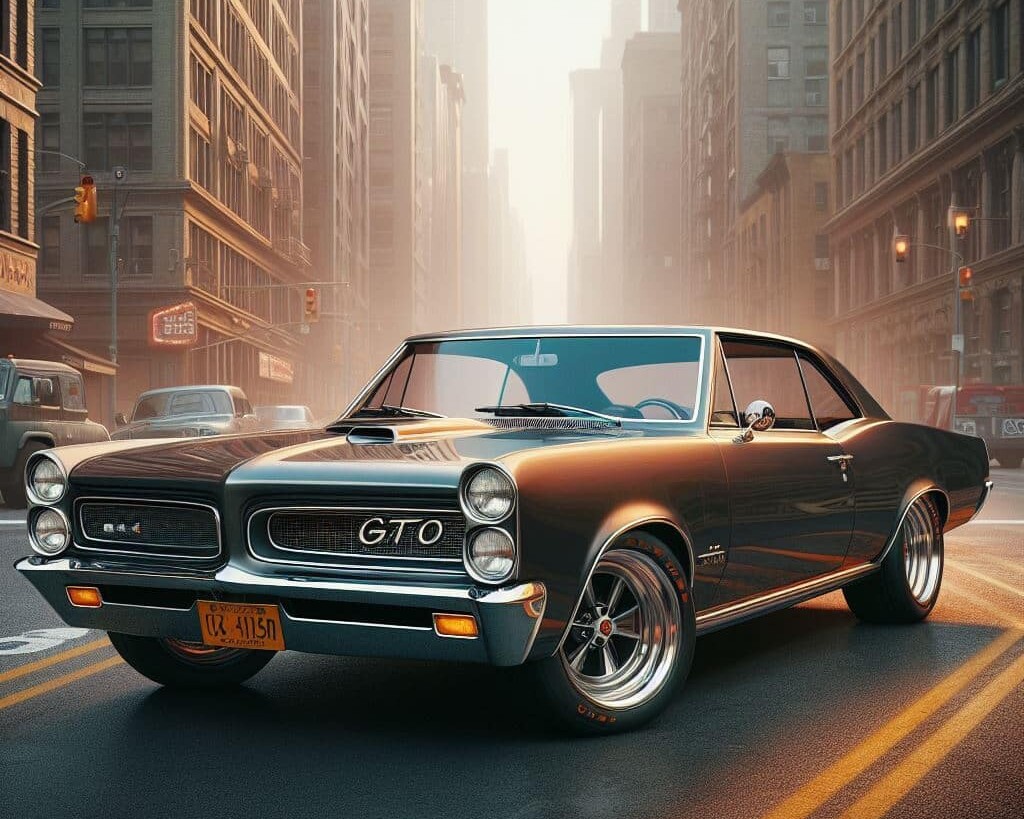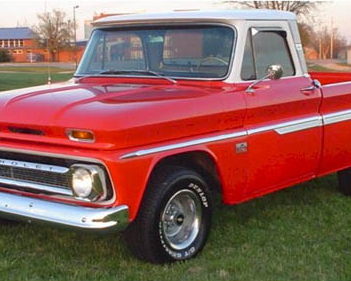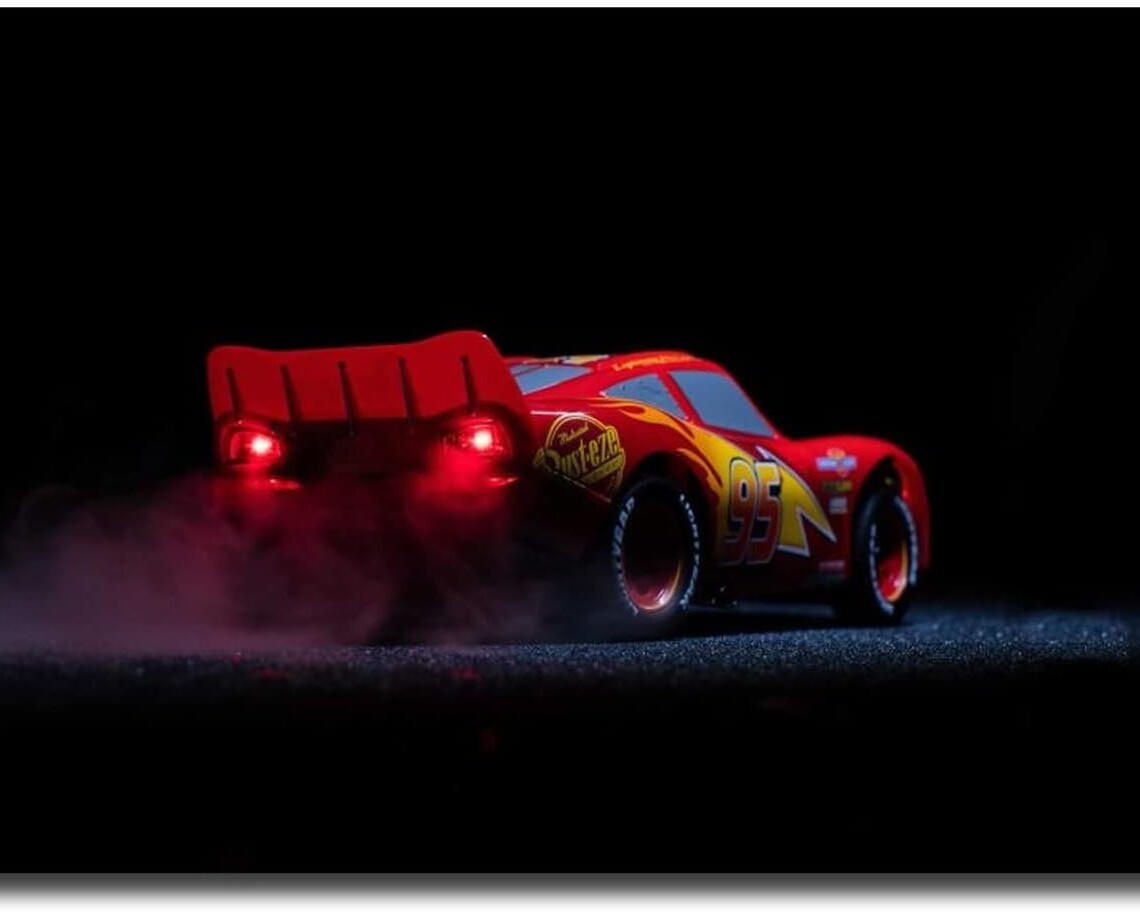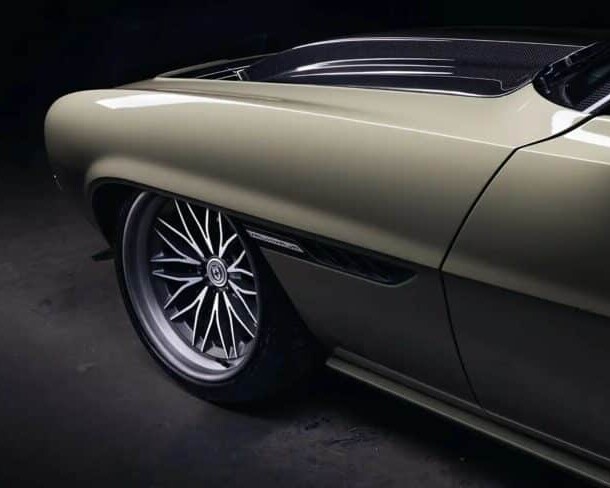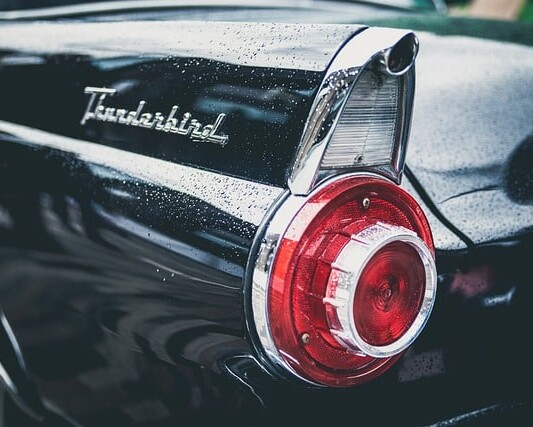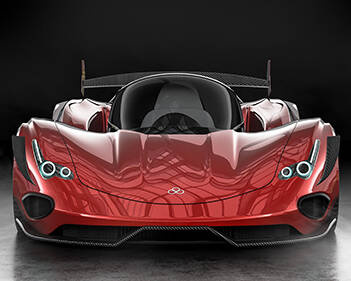Car Slang for the Cool and Collected

“Beater”
Older cars that have been heavily used and have fallen into disrepair are often called a beater. These cars are typically worn-out, unreliable, and may have a host of mechanical issues. Often characterized by their poor condition and may not start or run well. Implying that the car is no longer suitable for regular use and may only be kept as a backup or for very limited use.
“Hot Rod”
A classic car that has received significant modifications, usually focused at boosting speed and performance, is known as a “Hot Rod.” The addition of a high-performance engine, better suspension, brake systems, and other performance upgrades are examples of modifications. Oftentimes, vehicles are built to be speedy and have strong engines and a streamlined design. Corvettes and other American automobiles from the 1920s through the 1950s are usually referred to as “hot rods.”
“Lowrider”
A modified vehicle with a lowered body is known as a lowrider or low rider. These specialized automobiles typically have intricate, colorful, hand-painted decorations, and they roll on wire-spoke wheels with whitewall tires. Lowrider rims typically measure as little as 13 inches in diameter and are smaller than the original wheels. Many cars such as the Chevrolet Impala, and Cadillac 62 Series, were popular lowriders.
“Muscle car”
A “Muscle car” is a type of high-performance automobile that is associated with American culture in the 1960s and 1970s. These cars are characterized by their powerful V8 engines and impressive acceleration capabilities. They are typically mid-size vehicles, with a bold and sporty design, They are often seen as symbols of American power and freedom. Examples of popular muscle cars from that era include the Ford Mustang, Chevrolet Camaro, and Plymouth Road Runner. They are known for their power and handling and popular among enthusiasts and collectors, considered to be a piece of American automotive history.
“Gasser”
A specific kind of hot rod called a “Gasser” is made for drag racing. These vehicles have a high power-to-weight ratio and run on gasoline instead of alternate fuels like nitrous oxide. They frequently have a distinctive style typified by a high stance, with the front of the car raised higher than the rear, and were created expressly to compete in a division of drag racing known as “gasser” class. These quick, straight-ahead vehicles, which were popular in the 1950s and 1960s, were recognized for their sheer power and were frequently propelled by high-performance V8 engines.
“Sleeper”
A “Sleeper” is a vehicle that appears demure and ordinary but has undergone substantial modifications and is capable of astounding speed and performance. Older models, often with an unassuming and plain exterior, that have been modified with powerful engines and other performance upgrades that let them surprise their adversaries. The word “sleeper” alludes to the fact that the car’s real capabilities are not immediately obvious to the casual observer. They are an example of a blend of subtle design with amazing performance.
“Rat rod”
A “Rat Rod” is a type of hot rod that is intended to seem unkempt, cobbled together, and rough around the edges. These vehicles frequently have a patina paint job, where the body of the vehicle is left unpainted, allowing rust and wear to show through. They frequently have a vintage and tough aspect. They are made with the intention of evoking nostalgia and the vibe of a bygone era and are distinguished by the absence of dazzling chrome and polished finishes that are frequently found on traditional hot rods. The style is recognized for its rough and ready aesthetics that celebrates the age and frequently combines aspects from several eras, such as old and modern parts.
“Brougham”
Luxury automobiles from the 1950s and 1960s are referred to as “broughams” and are distinguished by their exquisite appearance, sumptuous interiors, and potent engines. They were created to offer a luxury and pleasant ride, and were frequently the top-of-the-line vehicles from their respective manufacturers. Amenities like soft leather seats, wood paneling, and cutting-edge sound systems. Models from Cadillac and Lincoln during this time period are frequently referred to as “broughams” because of their reputation for combining luxury and power. These vehicles are regarded as a true depiction of the American automotive elegance of the era because of its iconic and timeless look.
“Donk”
A term used to identify a certain kind of modified automobile with higher suspension and large wheels. Frequently American-made models from the 1970s and 1980s, distinguished by their extravagant appearance. The car has a distinctive attitude and stands out from other vehicles on the road thanks to its elevated suspension and oversized wheels, which are normally 22 inches or more. This type of automotive personalization is common in hip-hop and urban cultures, and it’s intended to give the vehicle a more commanding presence on the road.
“Bucket”
An older car, often a classic, that stands out for having a body style that resembles a convertible but has a fixed roof. commonly known as a “fixed head coupe.” Similar to a convertible, this type of car looks sporty and trim, but the fixed top improves structural stability and weather protection. The word “bucket” frequently refers to the characteristic design of the vehicle, which has a shorter and more compact body than typical sedans. Many people consider these cars to be classics. because of their widely popular and unusual design.
“Ragtop”
A ragtop car is a type of convertible vehicle, which means that the top can be removed or lowered to allow for open-air driving. The term “ragtop” comes from the early days of convertibles, when the tops were typically made of canvas or other cloth materials that would flap or “rag” around while the car was in motion. The name “ragtop” is used colloquially and can refer to any type of convertible car, regardless of the material of the roof. Nowadays, ragtops roof materials can be made of vinyl, or even a hardtop retractable roof, but the term is still in use to refer to a convertible car.
“Hooptie”
“Hooptie” is a slang term used to describe an old and poorly-maintained car. It is typically used to refer to vehicles that are in poor condition and may not run as well as they should. The term has a negative connotation, implying that the car is unreliable, outdated, and possibly dangerous. It can also imply that the car’s appearance is unkempt and unsightly. The origin of the term is unclear, but it’s used across North America and popularized in urban areas. It’s used both in casual conversations, as well as in media such as movies, songs and TV shows. The term can be used for any type of car, and it can also imply the socioeconomic status of the car’s owner.
“Roller”
A “roller” is a modified vehicle that has distinctively large, showy wheels that stand out in both size and design. Frequently used to describe sports or luxury cars that have been modified for a more opulent and attractive appearance. The wheels of the car are a defining feature, and utility is given less importance than style and aesthetics. Large, expensive wheels can improve a car’s handling and speed, hence they are sometimes used to symbolize a vehicle’s performance.
“Crate”
A “crate” is a vehicle that has undergone significant modification and frequently had key components including the engine, transmission, suspension, and other equipment replaced. This kind of alteration is frequently carried out with the goal of enhancing the vehicle’s performance, making it stronger, faster, and more capable on the road or racetrack. Remember that some auto enthusiasts also use the term “crate” to describe a car that has undergone significant custom and aftermarket modifications, even if the engine hasn’t been altered.
“Junker”
“Junker” refers to a vehicle that is in extremely poor condition, with minimal value and often considered unrepairable or fit for only scrap. It’s commonly used to describe cars that have aged or been neglected, and are in need of significant repairs or restoration work, if not deemed as beyond salvation. This term often implies that the car is no longer able to be driven and is better off being sold for parts or scrapped.
“Malaise Era”
The “Malaise Era” is a historical period in American car history that generally spans from 1973 through 1983. At the time, American automakers had to contend with a number of problems, including stricter government regulations, skyrocketing fuel prices, and a decline in consumer desire for large, gas-guzzling vehicles. Many of the automobiles produced at this time were less powerful, fashionable, and smaller than their predecessors. With lower-quality parts and being less dependable, it raised the owner’s maintenance and repair expenses.
“Pony car”
A special class of American sports car known as a “pony car” is one that has a long hood and short deck, akin to the classic Ford Mustang, which is generally regarded as the original pony car. The phrase “pony car” originates from the Ford Mustang, the original model, whose name refers to its smaller size and sporty appearance, which are reminiscent of mustangs, wild horses. Pony cars were a big hit, and many vehicle fans still find appeal in them now because of their recognizable designs, athletic appearances, and reasonable prices. Pony cars are frequently featured in pop culture, including in movies, music, and television.
